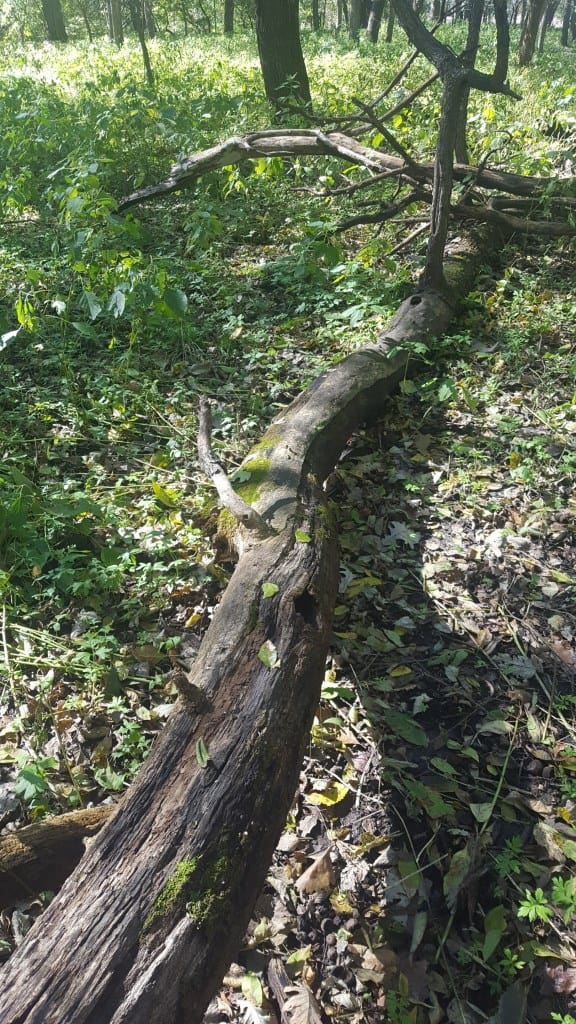What are nurse trees?


Nurse trees are fallen trees and branches that support wildlife through their own degradation and breakdown. If left as is in the forest, nurse logs or trees continually support a large variety of wildlife for many years and eventually recycle all their nutrients back into the forest ecosystem. The breakdown process begins largely with micro-organisms including nematodes, bacteria, algae, and protozoa. As the breakdown of cellular layers continues, many other organisms come into play, including moss, fungi, insects, arachnids, centipedes, millipedes, earthworms, pillbugs, and others.

As breakdown goes on, the nutrients in the cellular layers of the tree become food for micro-organisms and small invertebrates and insects. These small scale feeders then become prey for larger insects, mammals, reptiles, birds, and amphibians. The waste or excrement left behind by each of these organisms feeds other organisms or in time, new plants and fungi that take root around the tree.

Total breakdown of a single nurse log may take a decade or more, depending on the species of tree, the defense chemicals still available in the log’s layers, and the amount of moisture available yearly around the log.

It is important for good ecosystem development to leave fallen trees and logs in woodlands or created forest environments for these healthy processes. When designing new landscapes for environmentally minded folks, be sure to include nurse logs in the created forest. Be sure to use species common to the area, that the local fauna is associated with.
Happy planting!



